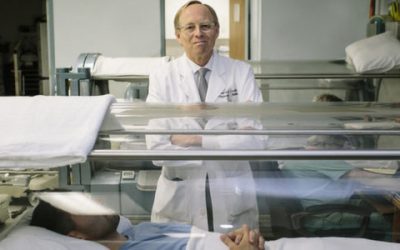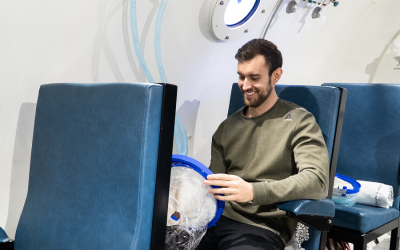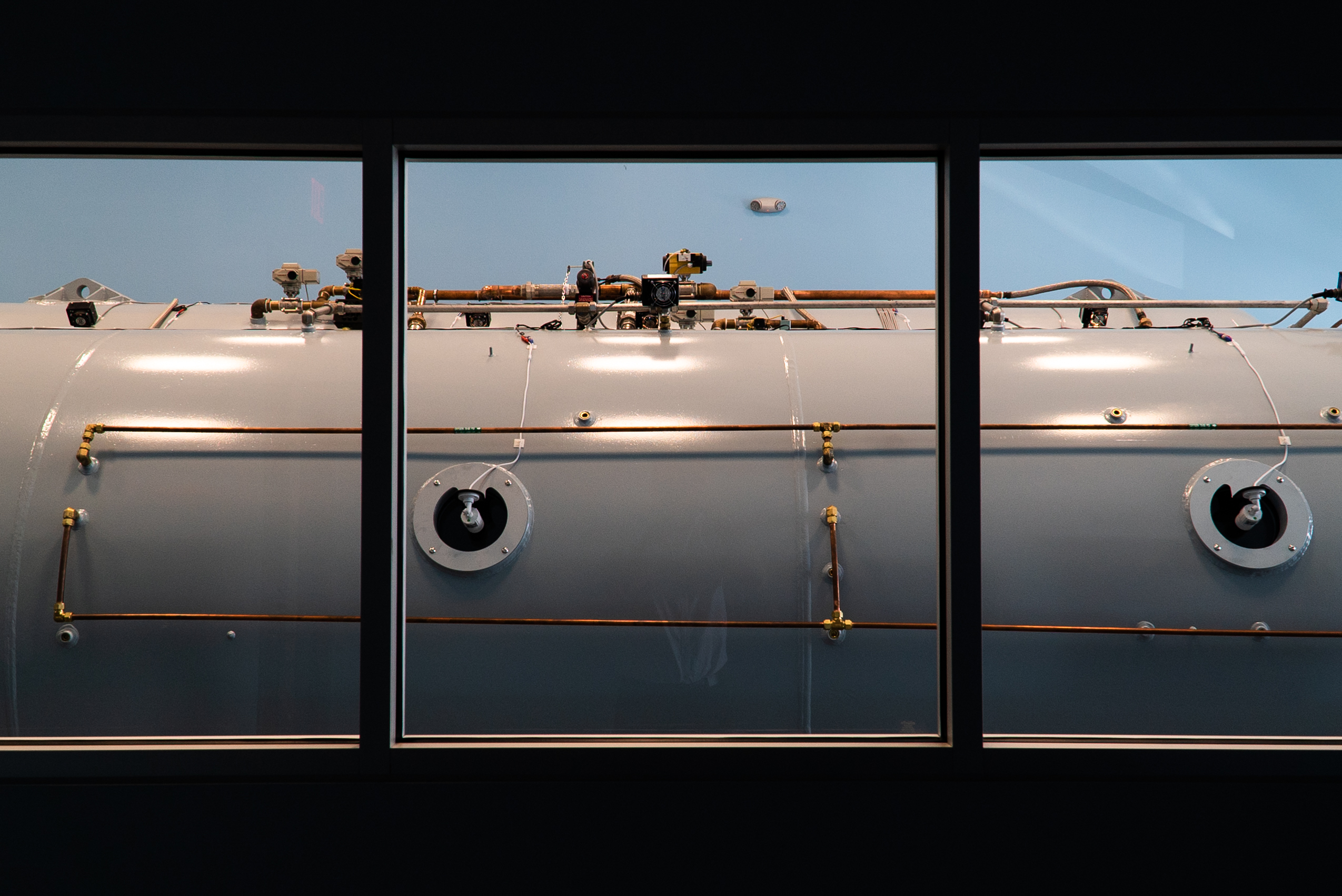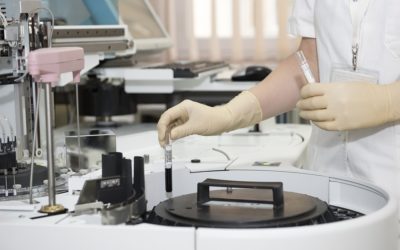Information provided by TEAM LUKE3 HOPE FOR MINDS Dr. Kenneth Proefrock graduated from Southwest College of Naturopathic Medicine in 1996 with his doctorate in medicine and specialty training in sports medicine. Prior to naturopathic medical school, he received...
HYPERBARIC OXYGEN THERAPY FACILITATES STEM CELL IMPLANTATION: YET ANOTHER BENEFICIAL EFFECT OF HBOT BY PAUL G. HARCH, MD
Hyperbaric Oxygen Therapy Facilitates Stem Cell Implantation: Yet Another Beneficial Effect of HBOT: For 347 years HBOT has been thought to be a treatment for specific diseases. In fact, it is a treatment for the disease processes that underlie these diseases. Because...
A Dual Role for Hyperbaric Oxygen in Stroke Neuroprotection: Preconditioning of the Brain and Stem Cells.
Stroke continues to be an extremely prevalent disease and poses a great challenge in developing safe and effective therapeutic options. Hyperbaric oxygen therapy (HBOT) has demonstrated significant pre-clinical effectiveness for the treatment of acute ischemic stroke, and limited potential in treating chronic neurological deficits. Reported benefits include reductions in oxidative stress, inflammation, neural apoptosis, and improved physiological metrics such as edema and oxygen perfusion, all of which contribute to improved functional recovery.
Hyperbaric oxygen stimulates vasculogenic stem cell growth and differentiation in vivo
We hypothesized that oxidative stress from hyperbaric oxygen (HBO2, 2.8 ATA for 90 min daily) exerts a trophic effect on vasculogenic stem cells.
The efficacy of hyperbaric oxygen (HBO2) for healing refractory wounds in diabetic patients and those with radiation injuries has been shown in randomized trials, and its utilization is supported by independent evidence-based reviews (6, 10, 20, 32, 38). Mechanisms of action for HBO2 are not clear. The goal of this study was to examine the impact of HBO2 on vasculogenic stem cells in an in vivo animal model.
Expanded adipose-derived stem cells for the treatment of complex perianal fistula including Crohn’s disease
In patients without Crohn’s disease, surgery is the mainstay treatment but faecal incontinence and recurrence are high. Infliximab is used in Crohn’s patients but not all respond to therapy. Objective: After an evaluation of the current treatment options, we discuss studies of adipose-derived stem cell (ASC) therapy, a novel approach for treating complex perianal fistulas.
Methods: ASCs are obtained from a liposuction procedure and a subsequent expansion process. They are administered according to a strict protocol which involves infusion of the cells into the target lesion along with fibrin glue.
Stem cell mobilization by hyperbaric oxygen
“We hypothesized that exposure to hyperbaric oxygen (HBO2) would mobilize stem/progenitor cells from the bone marrow by a nitric oxide (NO) -dependent mechanism”
The goal of this investigation was to determine whether exposure to hyperbaric oxygen (HBO2) would mobilize bone marrow-derived stem/progenitor cells (SPCs) in humans and animals.
Stem cell release in humans exposed to HBO2. This protocol was approved by the Institutional Review Board and by the Clinical Trials Scientific Monitoring Committee of the Abramson Cancer Center. Patients are referred to the University of Pennsylvania Institute for Environmental Medicine for prophylactic HBO2 treatment because of a risk for ORN.
CD34+AC133+ cells isolated from cord blood are highly enriched in long-term culture-initiating cells, NOD/SCID-repopulating cells and dendritic cell progenitors.
The AC133 antigen is a novel antigen selectively expressed on a subset of CD34+ cells in human fetal liver, bone marrow, and blood as demonstrated by flow cytometric analyses.
In this study, we have further assessed the expression of AC133 on CD34+ cells in hemopoietic samples and found that there was a highly significant difference between normal bone marrow and cord blood versus aphereses (p <0.0001) but not between bone marrow and cord blood. Most of the clonogenic cells (67%) were contained in the CD34+AC133+ fraction. Compared with cultures of the CD34+AC133- cells, generation of progenitor cells in long-term culture on bone marrow stroma was consistently 10- to 100-fold higher in cultures initiated with CD34+AC133+ cells and was maintained for the 8-10 weeks of culture.







